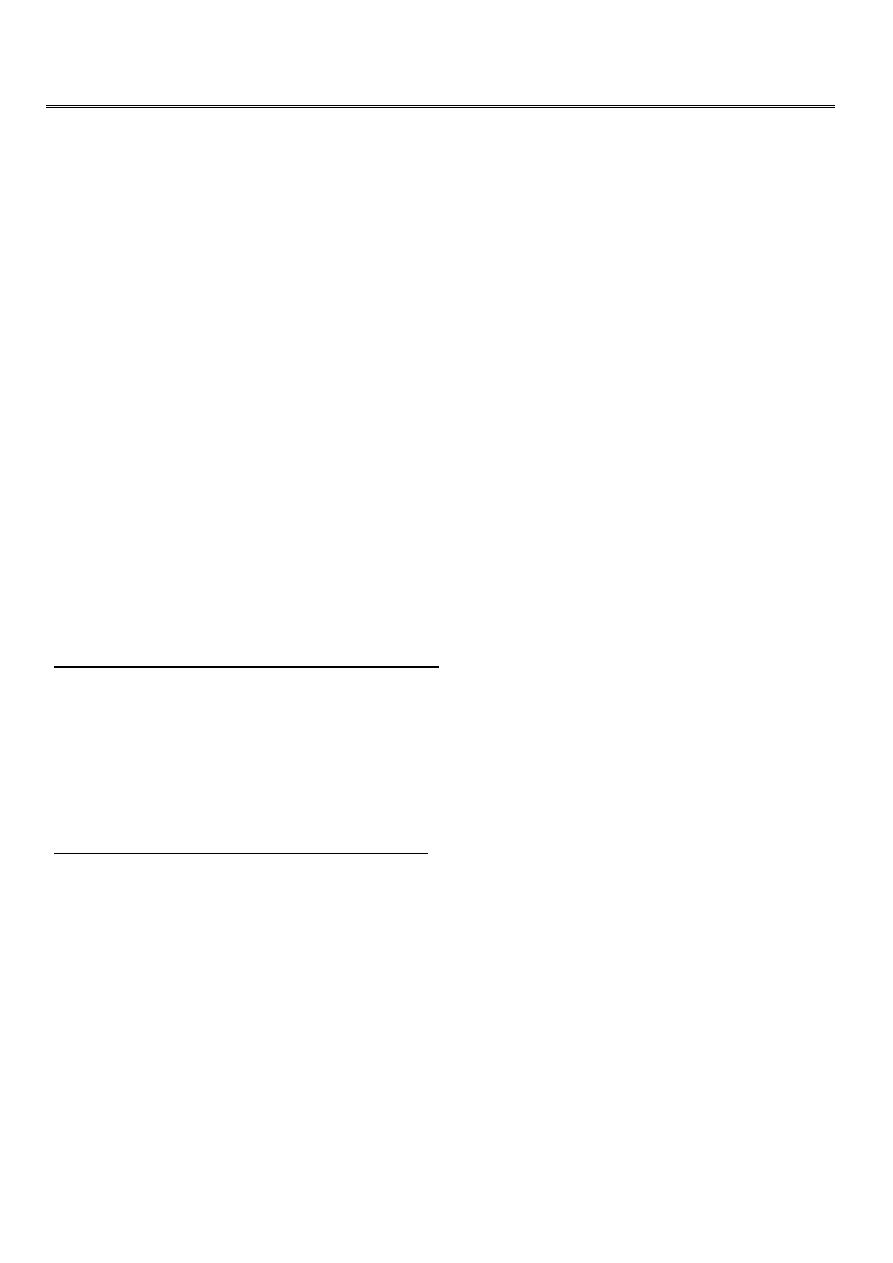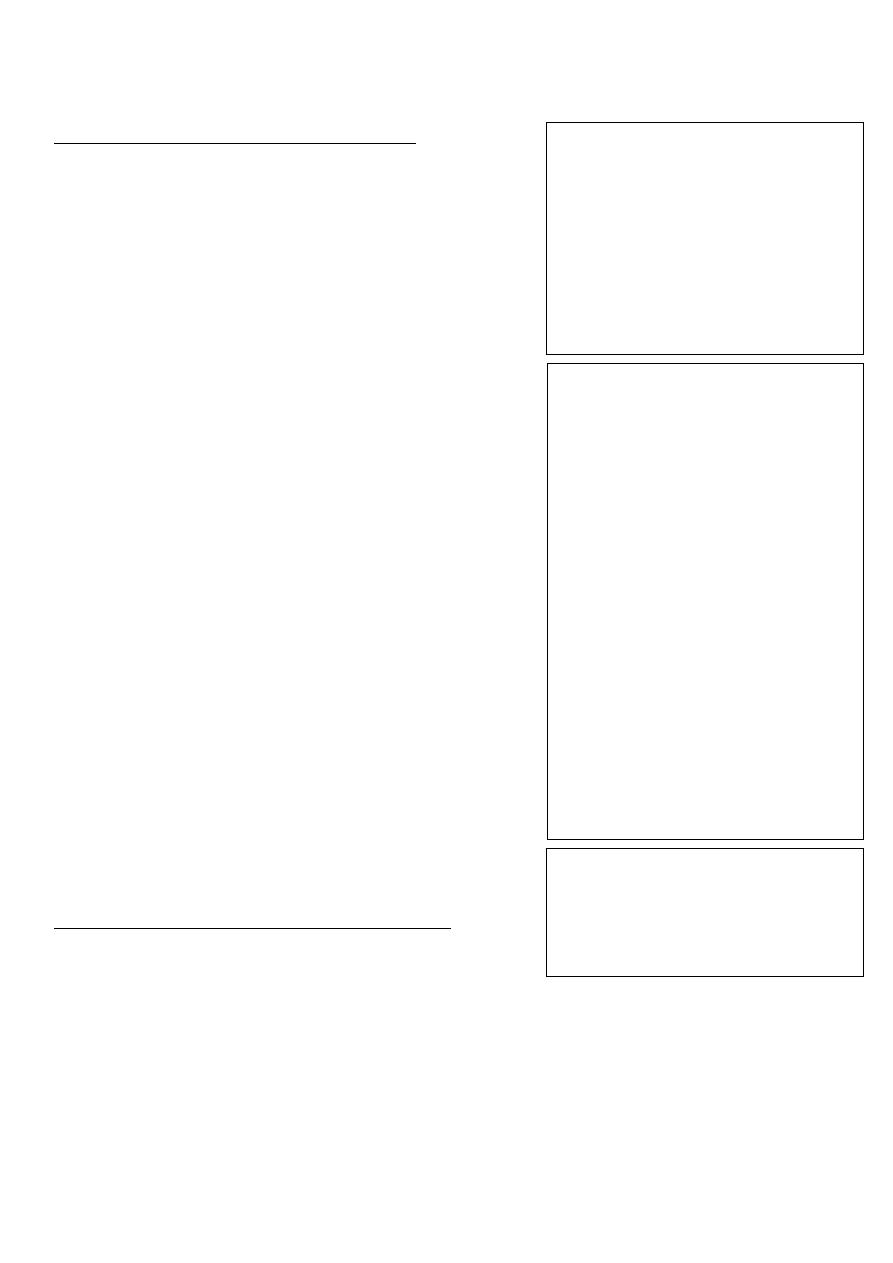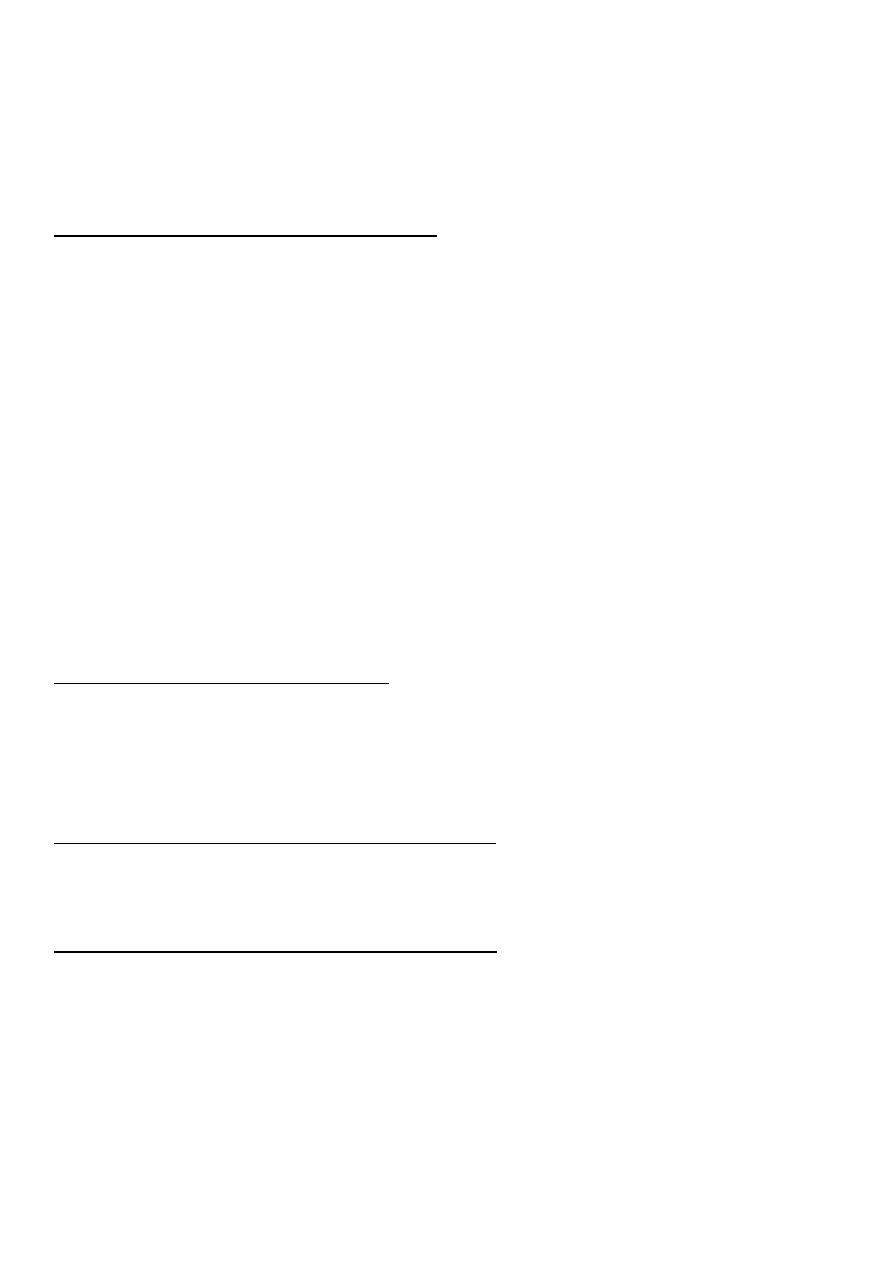
1
Fifth stage
Medicine
عملي
-
كتابة
الطالب
.د
بشار
20/10/2015
Neurology
History:
Symptoms ;suggesting or indicating a neurological problem ,that should be
thoroughly evaluated in "History of present illness" especially regarding their onset
and course are the followings:
Motor symptoms whether negative; weakness or paralysis or positive i.e. involuntary
movements.
Sensory symptoms; negative or positive. Disturbed level of consciousness or coma.
Pain like headache or neuropathic pain.
Episodic symptoms like vertigo, dizziness, fainting…etc.
Other symptoms which may or may not be neurological in origin; problems of
speech, swallowing, sphincter function, vision, hearing and smell.
Cranial nerves examination:
1- First cranial nerve (Olfactory nerve):
It is pure sensory nerve.
Examination explain to patient, close eyes, examine each nostril alone, use
familiar not irritating odors.
Lesion most common cause of anosmia is head injury which may lead to fracture
of cribriform plate and injury to the olfactory nerve.
2- Second cranial nerve (Optic nerve):
It is pure sensory.
Examine each eye alone
First exam: Visual acuity use Snell's chart, or bed site examination by using things
then counting fingers then hand movement then light perception.
Second exam: Visual field use perimetry or confrontation test.
o Scotoma: it is visual field defect surrounded by normal peripheral vision.
o One eye affected lesion is proximal to optic chiasm.
o Both eye affected (1/2 right and 1/2 left) lesion is distal to optic chiasm.
o Most common disease affect the optic chiasm is pituitary gland problems like
tumor cause bi-temporal hemianopia.
Third exam: Color vision ishihara test.
Fourth exam: Fundoscopy (ophthalmoscopy) see the optic disk swelling of the
optic disk called papilledema caused by raised IOP.

2
Fifth exam: Papillary reflex Afferent is optic nerve, efferent is occulomotor nerve.
3- Third, fourth, sixth cranial nerves:
You should examine both eyes together.
Inspection: see the presence of squint, ptosis, or
unequal pupil size.
Examine the extra-ocular muscles: the head is
stable, distance between your finger and the eye
is 30-50 cm, examine 4 quadrants, examine the
oblique muscles in abduction manner and H
shape way.
Lesion could be in form of double vision or squint
during movement of eye (muscle paralysis).
Examine the reflexes:
o Convergence reflex: far to near vision.
o Accommodation reflex: far and near and it is
Convergence and slight constriction of pupil.
o Light reflex: shine light, there is direct and
indirect reflex, not put the torch in front of
patient eye.
4
th
CN rarely affected alone.
3
rd
CN pass through cavernous sinus and there is
what is called cavernous sinus thrombosis which
could affect the nerve.
These nerves affected by diabetic neuropathy.
Pupil constricting muscles supplied by
parasympathetic innervation form 3
rd
CN.
Pupil radiating muscles supplied by
sympathetic innervation.
Lesion in the 3
rd
CN lead to dilated pupil.
4- Fifth cranial nerve (trigeminal nerve):
Motor only by mandibular branch and it
supply the muscles of mastication (temporalis,
masseter, medial and lateral pterygoid)
Sensory By all three branches, explaine, close eyes, follow anatomy, examine the
touch sensation.
Motor examination of muscles of masitication tone, atrophy or wasting
(asymmetry), put muscles in action and feel the contraction of the muscles by your
hand (clenching by temporalis, open mouth by pterygoid, pressure on teeth by
master).
Note:
o Innervated muscles have muscle
tone or resting membrane
contraction.
o Any lesion could lead to muscle
paralysis and loss of tone.
o Loss of tone lead to: ptosis, pupil
size unequal, eye squint.
Motor center (pre-central gyrus):
o Fibers arising from the pyramidal
cells and form the axon.
o Right gyrus control the left side of
the body.
o Upper motor neuron is from the
pyramidal cells to the end of its
axon.
o Lower motor neuron is from the
nucleus of the nerve.
o Each nucleus is supplied from both
sides of pre-central gyrus so upper
motor neuron have double supply.
o Any unilateral CN palsy is lower
motor neuron lesion (in nucleus and
below) because rarely both upper
motor neuron affected at the same
time.
Nucleus of cranial nerves:
o 3 – 4 mid brain.
o 5 – 6 – 7 – 8 pons.
o 9 – 10 – 11 – 12 medulla.

3
Reflexes Jaw jerk reflex and corneal reflex by butting piece of cotton on the
periphery of the cornea (not center) because this test can lead to injury of cornea
and if this occur in the center it can lead to blindness, also the sensation in the center
is less than that in the periphery.
Most common lesion of 5
th
CN is trigeminal neuralgia.
5- Seventh cranial nerve (facial nerve):
Very important.
Sensory and motor.
The lower part of the face is affected by unilateral lesion of upper motor neuron of
one side only (not like other CN lesions).
Explain, inspect, put muscle in action:
o Orbicularis oculi close eye forcefully.
o Orbicularis oris put pen between your upper lip and nose.
o Buccenator blow your check and keep air inside your mouth.
o Labial muscles show me your teeth.
o Frontalis muscle elevate your eyebrow (wrinkles of forehead appear).
Examine Naso-labial flod, mouth site, taste by tongue.
Bell's sign (important) an upward and outward movement of the eye, when an
attempt is made to close the eyes.
Upper spare the upper upper motor neuron lesion spare the upper part of the
face.
6- Ninth and tenth cranial nerves:
Muscles of palate (by 10th CN) inspect the uvula (normally it is in the center of
slightly deviated to one side), Put muscle in action by told the patient to say
(aaaaaah).
Gag reflex touch by tongue depressor or other thing.
7- Eleventh cranial nerves (accessory nerve):
Motor to trapezes Inspect, put muscle in action (elevate your shoulder).
Motor to Sternocleidomastoid action (push head against resistance).
8- Twelfth cranial nerve (hypoglossal nerve):
Inspect tongue atrophy or fasciculation.
Action move your tongue outside your mouth and inside the mouth and push my
hand with your tongue.
